Mahechi-Botero
et al. recently reviewed forty fluidised-bed catalytic reactors. Each design uses different assumptions so simulation methods vary. The review allows users to choose a suitable simulation model for their process and reactor.
Microencapsulation of Oils Rich in Polyunsaturated Fatty Acids
Fluidised bed coating is one of the microencapsulation techniques to minimise core material and oxygen diffusivity. Drusch and Mannino reviewed approaches where the core material releases to specific targets.
Powder Flow Dynamics
Krantz, Zhang and Zhu carried out fluidised bed expansion to characterise powder flow under stress at 22-31 μm medium particle size. They also did cohesion tests to find that flow properties depend on stress state.
Polycarbonate Hydrolysis in Earth-Alkali Oxides and Hydroxides
Grause
et al. described polycarbonate (PC) 300-500°C hydrolysis to make bisphenol A (BPA), phenol and isopropenyl phenol(IPP). The catalysts compared were MgO, CaO, Mg(OH)
2 or Ca(OH)
2. This option to treat used PC results in less residue.
Anionic Surfactant Photooxidation in three-phase fluidised bed reactor
Nam
et al. performed sodium lauryl sulfate photooxidation in three-phase fluidised-bed reactor. The catalysts were immobilised TiO
2 and SiO
2 porous support. The process conditions included air flow rate, catalyst concentration, initial surfactant concentration, light source and pH. The Korean scientists found that superficial air velocity affected reaction rate. The reaction followed the Langmuir adsorption model and did better under acidic condtions.
Hydrogen Production from Starch-Wastewater with Bio-granules
Akutsu
et al. fermented starch-wastewater with bio-granules to produce hydrogen in an upflow anaerobic sludge bed. The parameters were hydraulic retention time (HRT), pH and starch concentration. The maximum stable hydrogen yield was 1.7 mol H
2 mol
-1 glucose. The granule had a 0.5-4.0 mm diameter consisting pretreated methanogenic nuclei. Formic or lactic acid presence signified process deterioration.
Reference
Mahecha-Botero, A., Grace, J.R., Elnashaie, S.S.E.H. & Lim, C. J. (2009). Advances in modelling of fluidized-bed catalytic reactors: a comprehensive review. Chemical Engineering Communications. 196(11), 1375-1405. doi:10.1080/00986440902938709
Drusch, S. & Mannino, S. (2009). Patent-based review on industrial approaches for the microencapsulation of oils rich in polyunsaturated fatty acids. Trends in Food Science & Technology. 20(6-7) 237-244. doi: 10.1016/j.tifs.2009.03.007
Krantz, M., Zhang, H. & Zhu, J. (2009). Characterization of poder flow: Static and dynamic testing. Powder Technology. 194(3), 239-245. doi:10.1016/j.powtec.2009.05.001
Grause, G., Sugawara, K., Mizoguchi, T. & Yoshioka, T. (2009). Pyrolytic hydrolysis of polycarbonate in the presence of earth-alkali oxides and hydroxides. Polymer Degradation and Stability. 94(7), 1119-1124. doi:10.1016/j.polymdegradstab.2009.03.014
Nam, W., Woo, K. & Han, G. (2009) Photooxidation of anionic surfactant (sodium lauryl sulfate) in a three –phase fluidise bed reactor using TiO2/SiO2 photocatalyst. Journal of Industrial and Engineering Chemistry. 15(3), 348-353. doi:10.1016/j.jiec.2008.11.006
Akutsu, Y., Lee, D.Y., Chi, Y.Z., Li, Y.Y., Harada, H. & Yu, H.Q. (2009). Thermophilic fermentative hydrogen production from starch-wastewater with bio-granules. International Journal of Hydrogen Energy. 34(12), 5061-5071. doi:10.1016/j.ijhydene.2009.04.024.









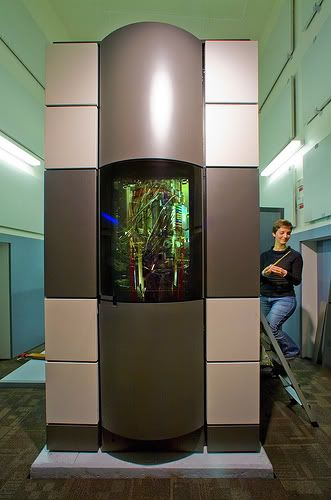
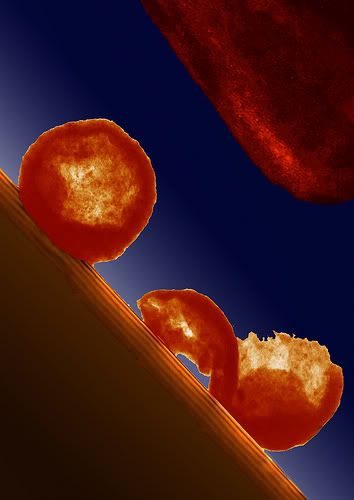

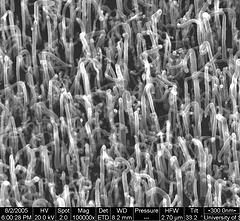
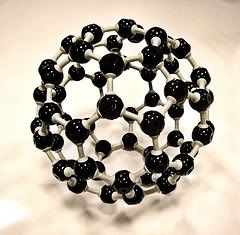
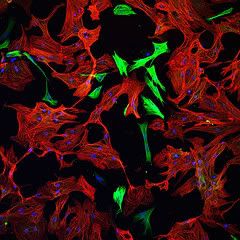
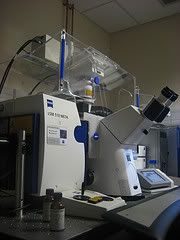
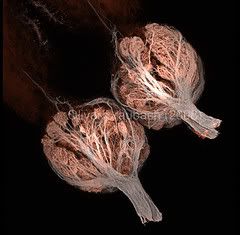

 125x125 Banner
125x125 Banner
